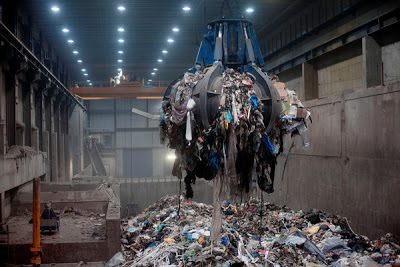Here's a man in the Bronx who looks at abandoned rail yards as a park rather than a place to leave graffiti. With $3,500, Justin Fornal and his father bought a used rail car and are planning on driving it around old rail tracks, encouraging investment and public use and converting these areas into parks. There is a lot of green and Justin envisages a version of the Highline but with passengers riding on trains.
Justin is taking this plan seriously and invited William Goetz, a vice president of CSX Transportation, one of the nation’s largest freight railroad companies, along for the inaugural ride.
Justin is asking CSX for assistance in riding his car on the rails across the country mostly on unused tracks to raise awareness for his plan. Goetz is skeptical but has not ruled out the plan.














